Enzo Zak Lux works as a multidisciplinary architectural designer based in Berlin.
In his work, he explores the interaction of colour and architectural space.
His practice Studio Enzo Zak Lux creates spatial and communicative designs for exhibition spaces as well as commercial and private environments.
Enzo Zak Lux studied product design at Karlsruhe University of Arts and Design and holds a Bachelor of Arts degree from Berlin Weißensee School of Art in the field of interaction design as well as an Interior Architecture Master's degree from Aalto University, Helsinki.
Since June 2024, Enzo Zak Lux is teaching and researching as an artistic associate alongside Prof. Gabi Schillig in the class for spatial and exhibition design (Raumklasse) at University of the Arts Berlin.
Besides private clients, Enzo Zak Lux has worked for the following institutions and brands: Loehr with form Design Magazine supported by Wästberg, carlier | gebauer berlin, Kunsthalle Bielefeld, Kunstsammlungen Chemnitz
Enzo Zak Lux is an alumni of the DAAD German Academic Exchange Service scholarship program.
Selected Exhibitions and Talks
-
202417 Jun
Welcome Talks & Drinks at Raumklasse, Institute for Transmedia Design Department of Spatial Design, University of the Arts Berlin
-
20238 May
I can (not) tell you a colour is good or bad II, Lecture and Workshop together with Marcel Strauß, Karlsruhe University of Arts and Design, Product Design Department (GER)
-
20228 - 12 Jun
Manhattan at Salone del Mobile 2022 Milan as part of The Gallery by The Attico, Super Group 2.5 by Superhouse
-
20222 May
I can (not) tell you a colour is good or bad, Lecture and Workshop together with Marcel Strauß, Karlsruhe University of Arts and Design, Product Design Department (GER)
-
202017 Dec
TOMAYTO TOMATOH frames of color, Talk together with Marcel Strauß, Vermont College of Fine Arts (USA)
-
20203 Jun
SprechenÜber. Talk together with Marcel Strauß, Weißensee Kunsthochschule Berlin
-
202020 Jan
Crossroads. Creative Talks. Soho House Berlin
-
20196 – 7 Jul
Rundgang Kunsthochschule Berlin Weißensee
-
201815 Jun – 9 Aug
Chatboullette at City Gallery des Kunstverein Wolfsburg
-
201814 – 15 Jul
Rundgang Kunsthochschule Berlin Weißensee
-
201829 Mar – 1 Apr
Pico Balla at Modus Möbel GmbH, Berlin
-
201722 – 24 Jul
Rundgang Kunsthochschule Berlin Weißensee
-
20177 Jul – 3 Sep
Pico Balla at The Amazing Crocodile Design Store, Berlin
-
201719 May – 29 Oct
Food Revolution 5.0, Museum für Kunst und Gewerbe, Hamburg
-
201716 – 22 Jan
imm cologne, Nominee of Pure Talents 2017 Contest
-
201614 – 16 Jul
Sommerloch, Karlsruhe University of Arts and Design
-
201613 Jul
Pico Balla at Luis Leu, Karlsruhe
-
201529 Aug – 1 Sep
Cortina at Tendence, Frankfurt am Main
Selected Press
-
2023April
Scandinavian MIND: 8 highlights at Milan Design Week
-
2023April
Sightunseen: The Best of the Salone del Mobile 2023: Part III
-
2023April
L'OFFICIEL: Salone Del Mobile 2023 Brings the Newest Faces in Design to Milan
-
2022Jun
Dwell: Our Favorite Forward-Looking Designs From Salone del Mobile 2022
-
2022Jun
Sightunseen: The best of Salone del Mobile 2022
-
2019Nov
Süddeutsche Zeitung Magazin Nr. 46/2019
-
2019Nov
Beige Onlinemagazin – Interview
-
2019Jun
Brigitte
-
2017Sep
AD Magazin
-
2017May
Schöner Wohnen
-
2017Feb
Wohnrevue
-
2017Feb
Dezeen
-
2017Jan
Damn Magazine
-
2017Jan
Wallpaper*
-
2017Jan
Yellow Trace
contact
mail: hi@enzozaklux.xyz
instagram: @enzozaklux.xyz
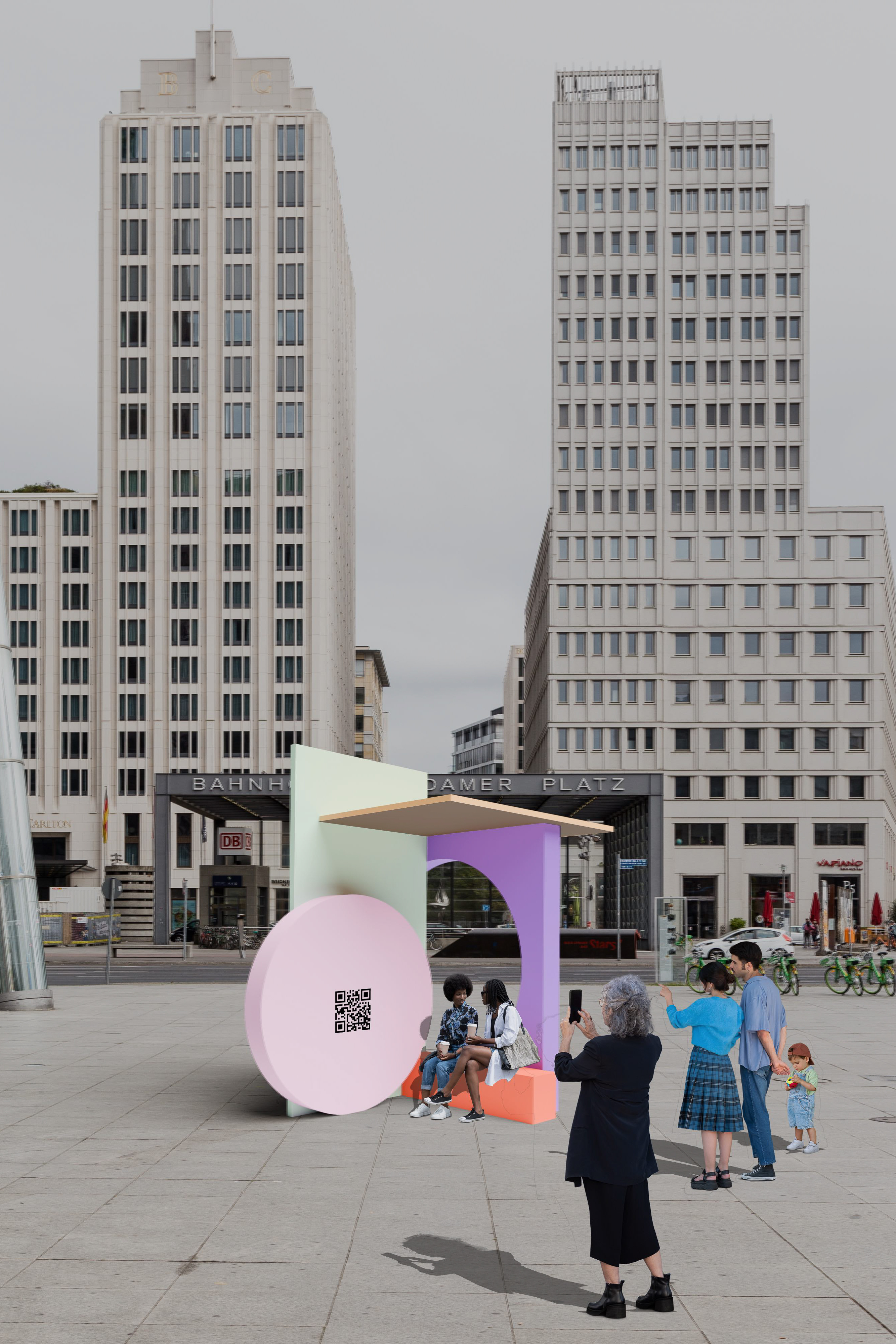
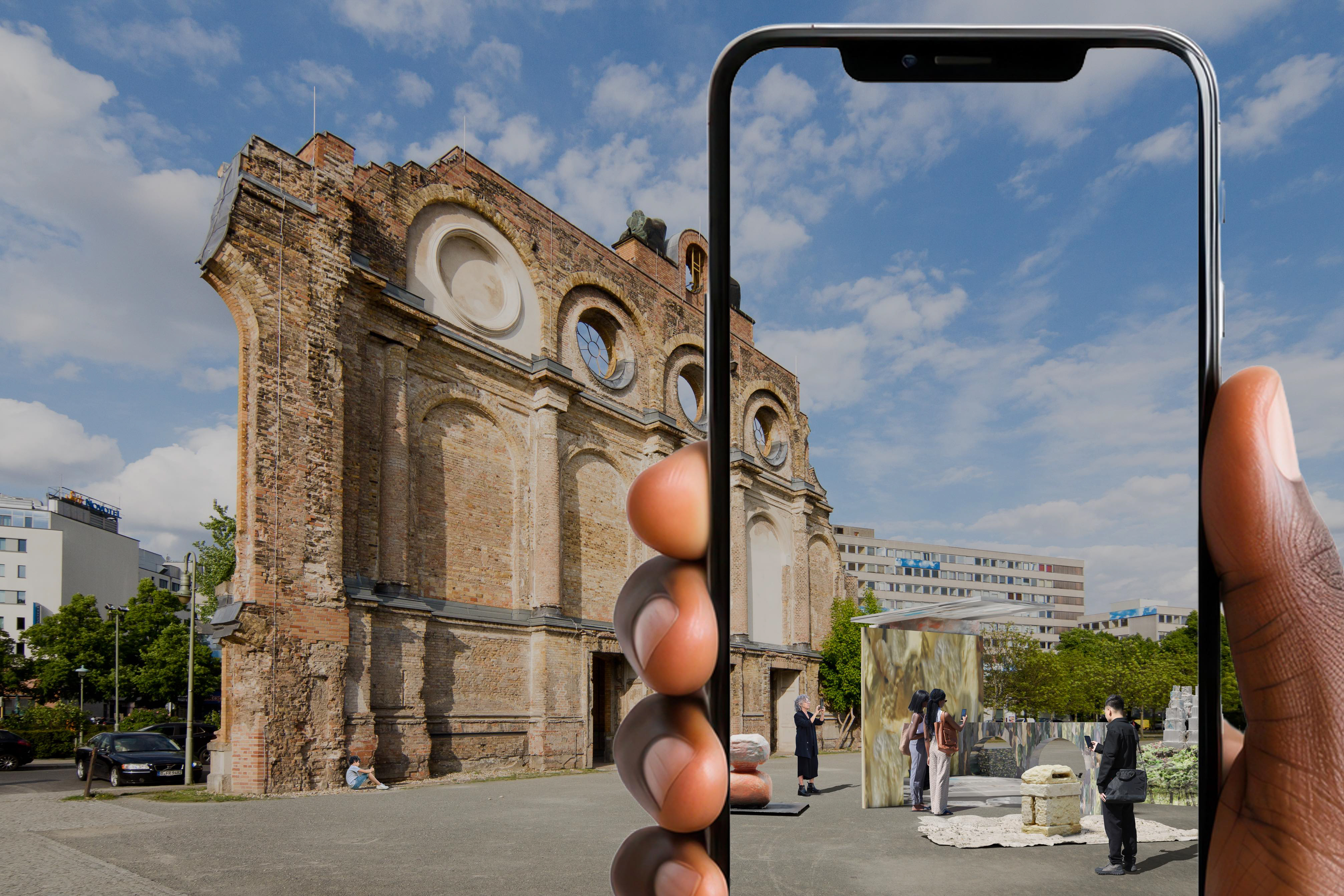
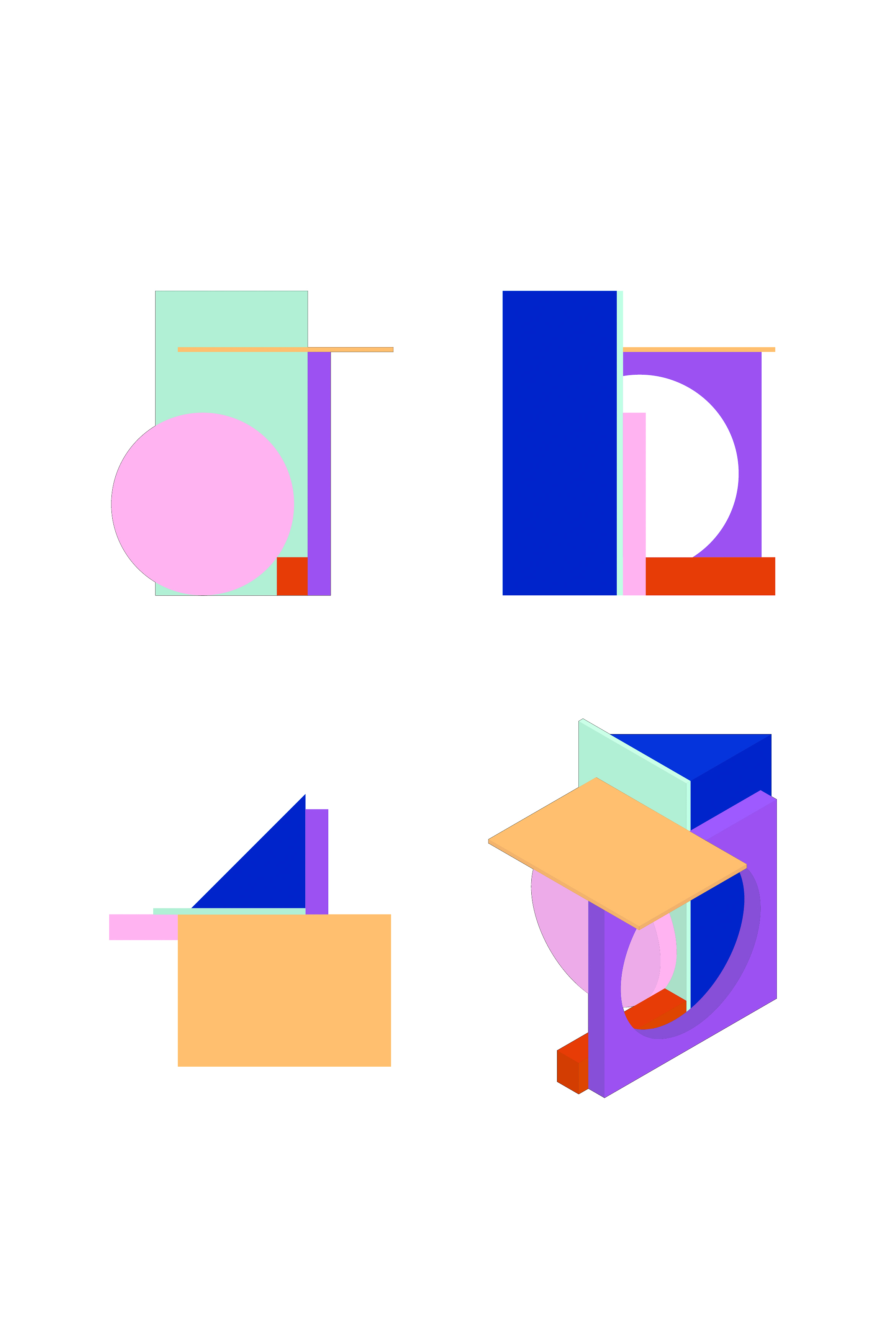
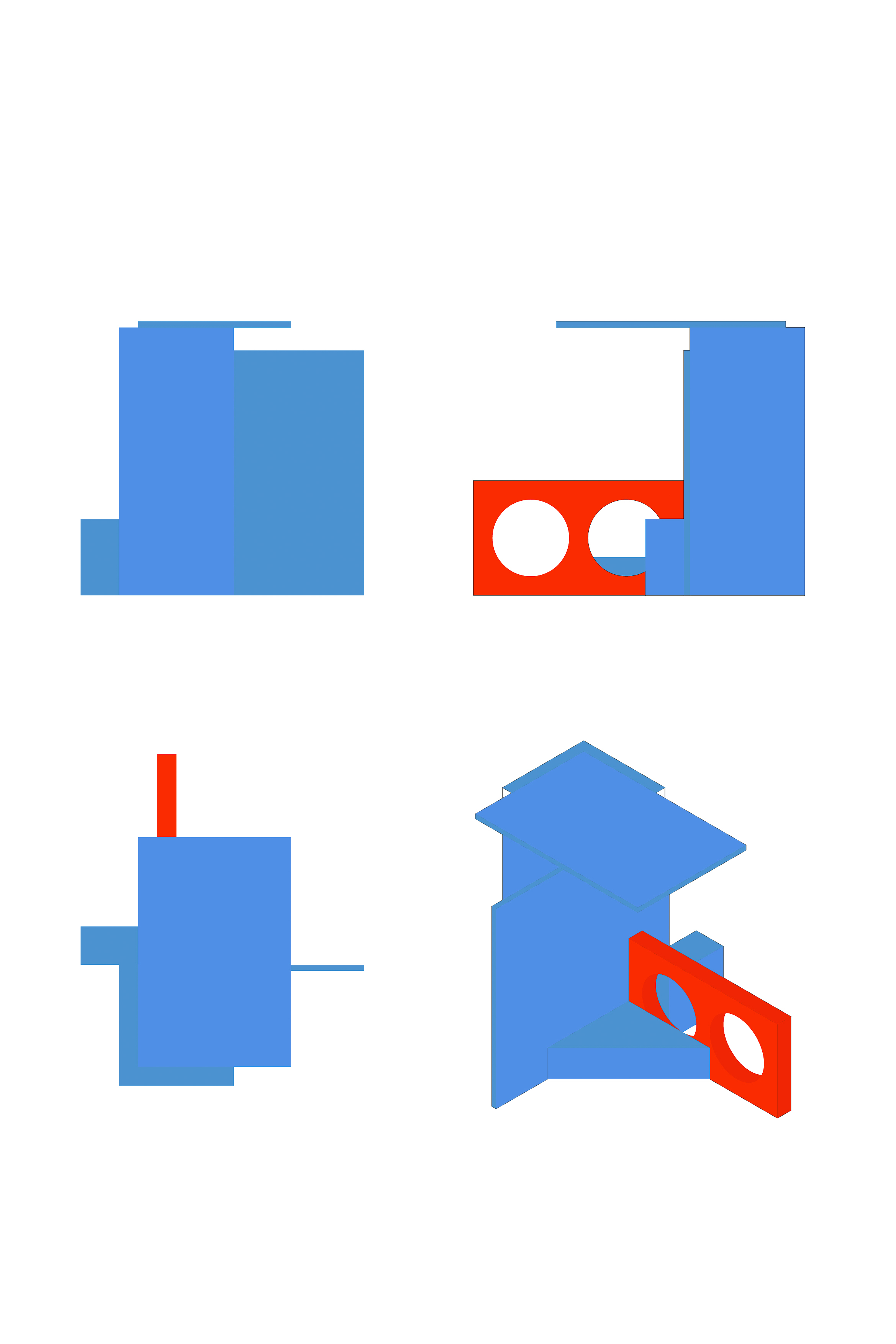
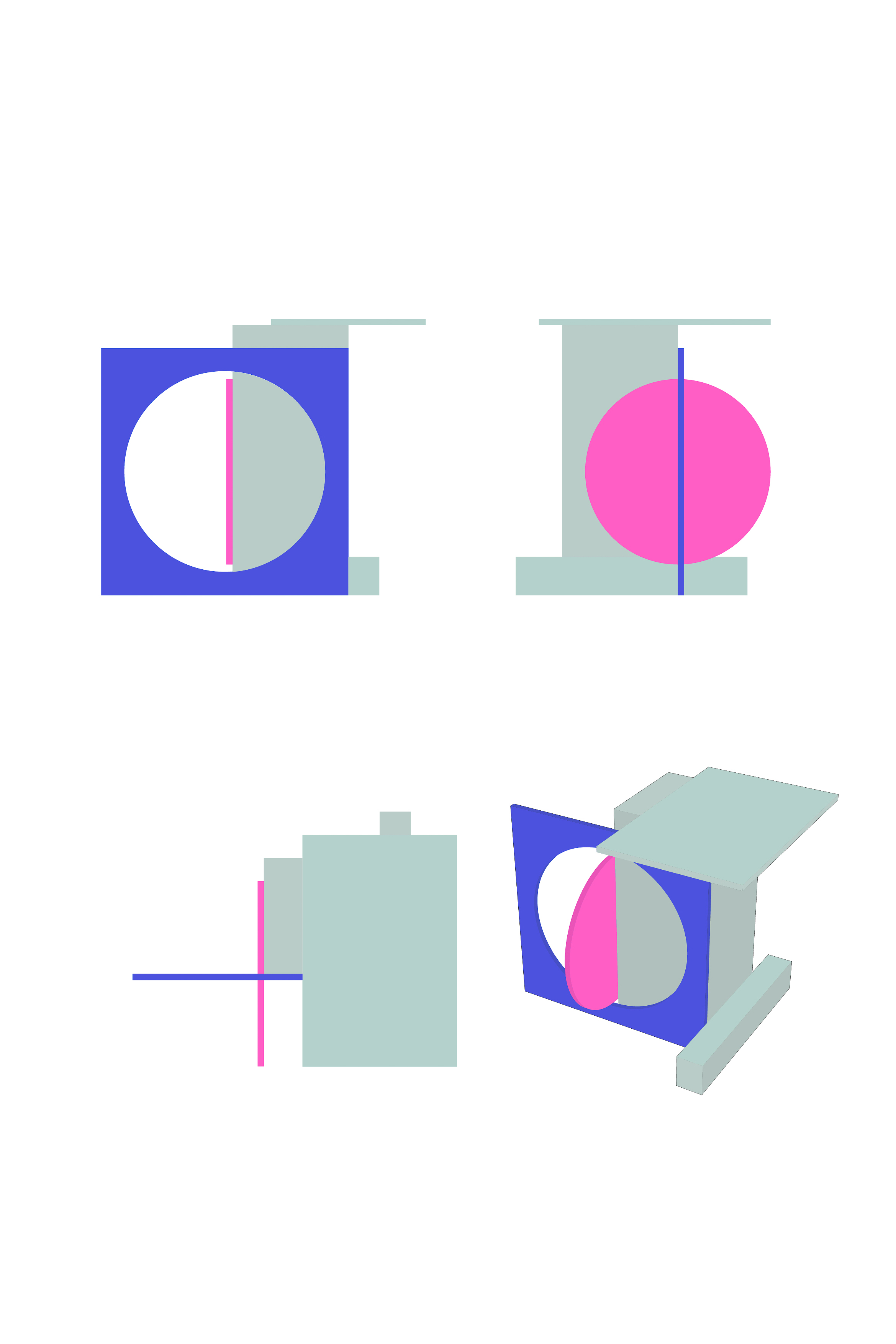
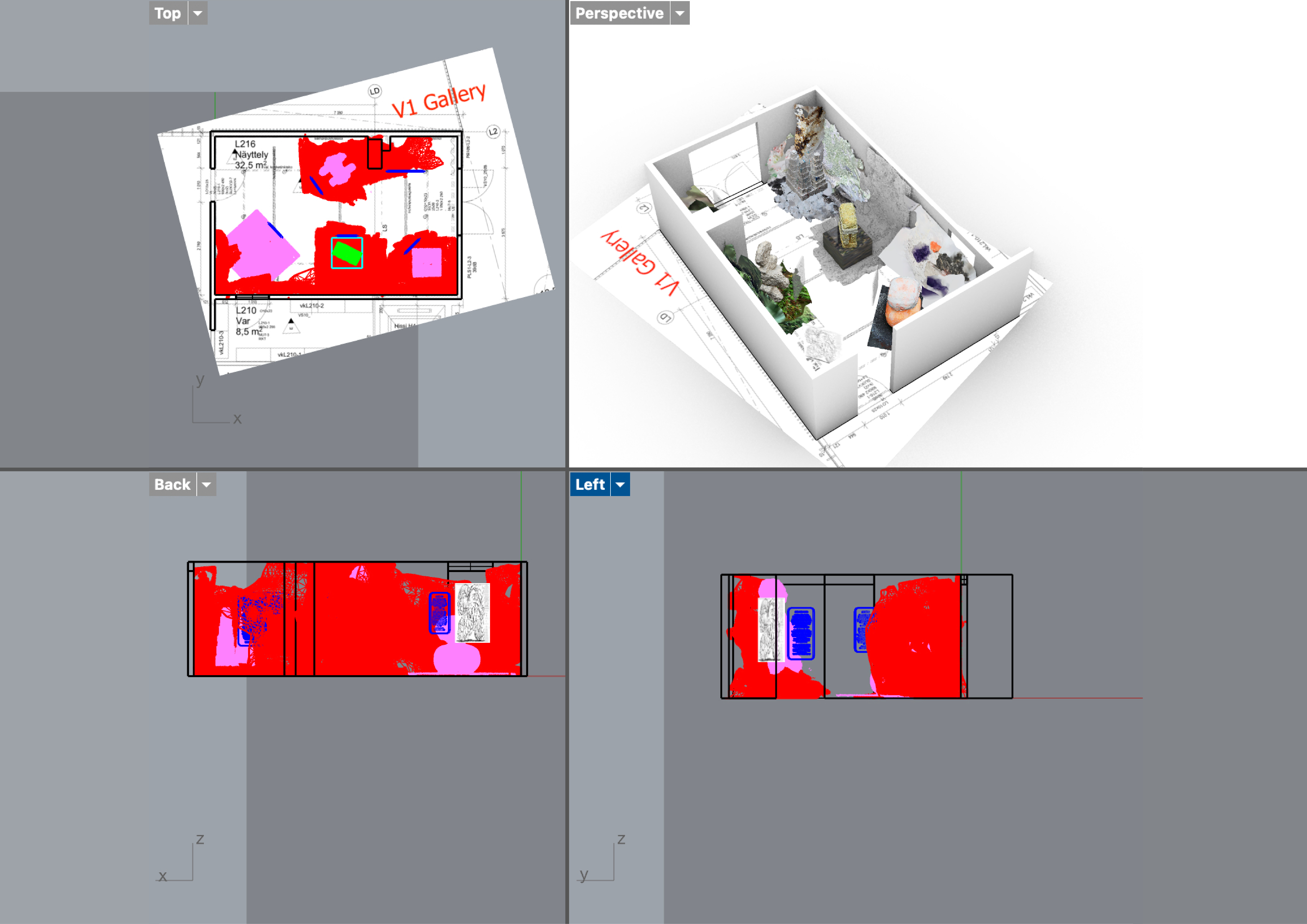
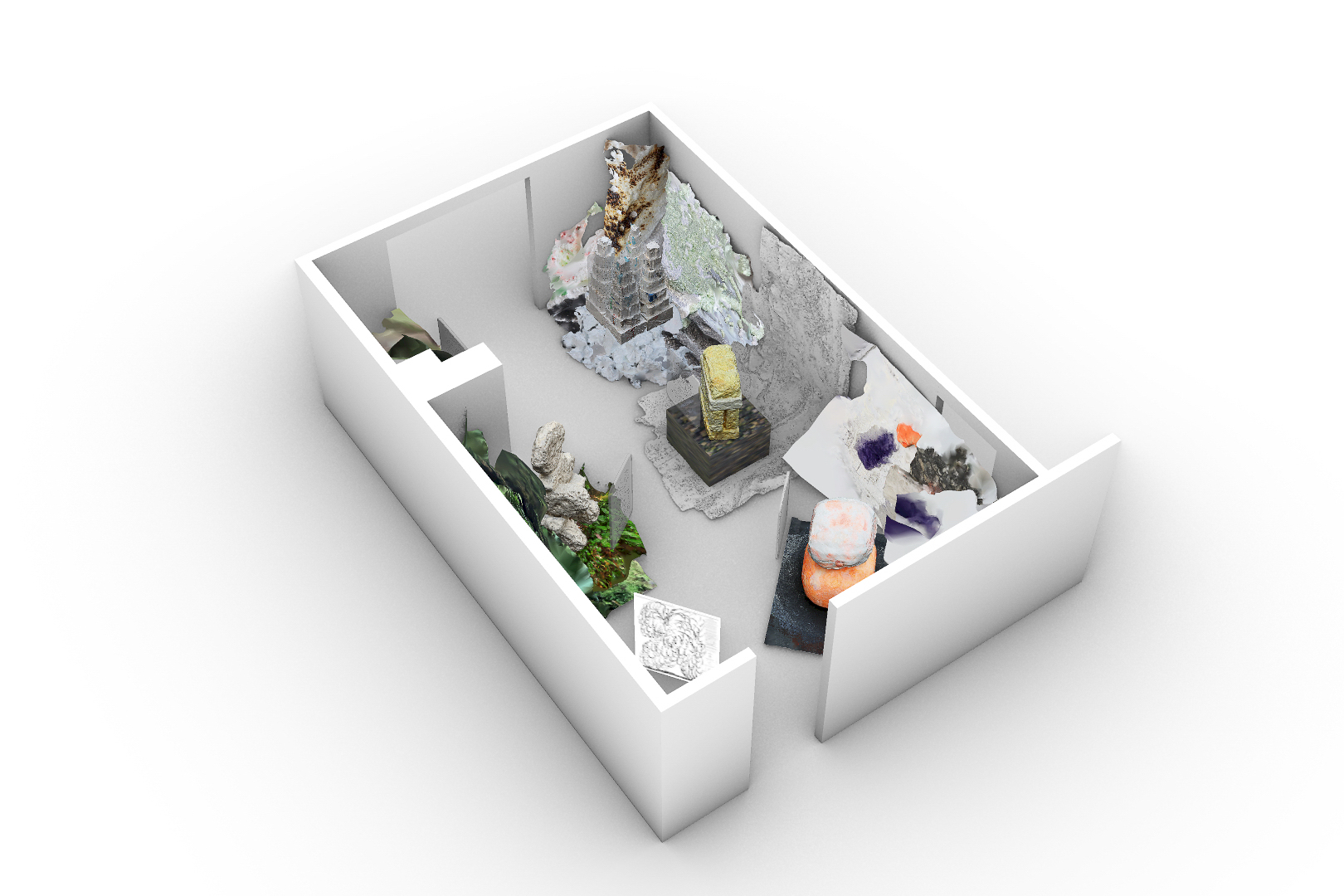

2024
Abstract
The mission of museum institutions is currently facing fundamental change. The greatest challenges of our time such as increasing inequality of wealth and income, identities and changing norms in society, as well as the transformation in information technologies also affect museums. Nowadays collecting, protecting and exhibiting cultural artefacts—what was once the original duty of the museum—is only one part of the duty a modern institution is committed to. In recent years the empowerment of cultural exchange and strengthening of the community as well, as a diverse and ideally free teaching program became equally part of the responsibilities of a contemporary institution. From art-preserving temples that radiate institutionalised hierarchy museums ideally develop into cultural hubs that set themselves the goal to reach the widest possible audience.
In view of these changes it seems logical that when it comes to the question of how museums could develop even further in the future, a prediction that repeatedly appears is the one of decentralisation. Some renowned museum architects imagine, that, in addition to the main building, museums in the future will appear in the form of satellites across the entire city as a structural element within the cultural layer.
Subsequently, the way artefacts will be exhibited and experienced would change accordingly. To achieve these goals, digital technology for visualisation and communication purposes can be considered to be an increasingly important tool. The development of an initial concept of how this new experience and ways of exhibiting could look like is the aim of this work.
A profound understanding of the design parameters was achieved through readings about the expectations that a contemporary museum institution faces and the analyses of four exhibition examples.
A speculative concept was designed that takes up the prediction on the decentralised museum. The result is a physical structure implemented in the cityscape, that is accessible at any given time. This structure takes up a double function: it serves the community as a public gathering place while at the same time works as an anchor point for a digital, multilayer art experience that is accessible through devices such a smart phone or tablet.
For the proof of the concept a digital art exhibition was created. The software Fologram is used to stream the digital exhibition, allowing the user not only to experience art pieces in a mixed reality setting but furthermore actively participate by selecting the exhibition content and the scale to which they want to be immersed in the digital realm.
As a result of the research and the design process, it can be assumed that digital art experience embedded in the cityscape has the potential to provide a broad community access to art. The concept of the decentralised museum therefore can be seen as an excellent way for institutions to become more democratic and accessible.
The act of decentralisation can deliver art to places where no museums exists and so initiates the interest of people in arts. It can give opportunities to exhibit to minorities who‘s art was and still often is excluded from shows in museum institutions. Additionally immersive and mixed reality experiences can engage those with arts who would maybe not visit a museum as they might consider the place as too elitist.
The aim and limitation of my work was to transfer the spoken speculations of decentralisation into a real space that supports the imagination of such a space. The outcome of my practical work can be considered as a foundation for future debates. Therefore the practical work of my thesis examined how a decentralised museum space could be seen as an opportunity to support several aspects of the democratisation process such as visitor accessibility, participation and community exchange. Questions such as about stakeholders, owners, financial aspects and maintenance are not subject of this work.
The Master's thesis was supervised by Pentti Kareoja, Tuomas Siitonen and Tina Cerpnjak
Aalto University of Arts and Design, Finland, 2024
Cultural Satellites | Aalto Docs
The Artworks which are digitally exhibited were designed and are under the copyright of the designer and artist Jannis Zell.
Jannis Zell liberally provided the digital scans of his diploma work “Future Ruins. Five Monuments for a human planet”.
Further information on Jannis’ work and the diploma exhibited in the prototype exhibition can be found here: https://janniszell.com/